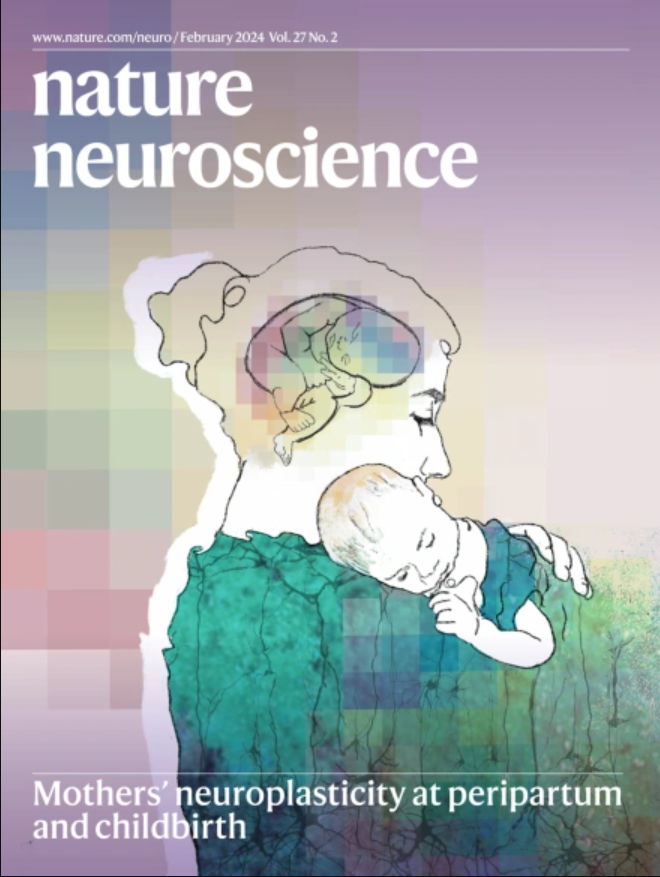弹性皮层图
IF 20
1区 医学
Q1 NEUROSCIENCES
引用次数: 0
摘要
尽管在衰老和神经退行性疾病的早期阶段失去了神经元,但许多皮质脑功能仍然非常完整。虽然这种弹性传统上归因于神经网络的冗余,但一项新的研究揭示了一个更积极的机制:动态稳态过程,在神经元丢失时保留皮层表征。这些过程招募先前未参与的神经元,并重新排列神经元活动模式,以补偿神经元的损失,并保持大脑中表征图的完整性。本文章由计算机程序翻译,如有差异,请以英文原文为准。


Resilient cortical maps
Despite the loss of neurons during aging and the early stages of neurodegenerative disease, many cortical brain functions remain remarkably intact. Although this resilience is traditionally attributed to redundancy in neural networks, a new study uncovers a more active mechanism: dynamic homeostatic processes that preserve cortical representations in the face of neuronal loss. These processes recruit previously unengaged neurons and rearrange neuronal activity patterns to compensate for neuronal loss and maintain the integrity of representational maps in the brain.
求助全文
通过发布文献求助,成功后即可免费获取论文全文。
去求助
来源期刊

Nature neuroscience
医学-神经科学
CiteScore
38.60
自引率
1.20%
发文量
212
审稿时长
1 months
期刊介绍:
Nature Neuroscience, a multidisciplinary journal, publishes papers of the utmost quality and significance across all realms of neuroscience. The editors welcome contributions spanning molecular, cellular, systems, and cognitive neuroscience, along with psychophysics, computational modeling, and nervous system disorders. While no area is off-limits, studies offering fundamental insights into nervous system function receive priority.
The journal offers high visibility to both readers and authors, fostering interdisciplinary communication and accessibility to a broad audience. It maintains high standards of copy editing and production, rigorous peer review, rapid publication, and operates independently from academic societies and other vested interests.
In addition to primary research, Nature Neuroscience features news and views, reviews, editorials, commentaries, perspectives, book reviews, and correspondence, aiming to serve as the voice of the global neuroscience community.
 求助内容:
求助内容: 应助结果提醒方式:
应助结果提醒方式:


